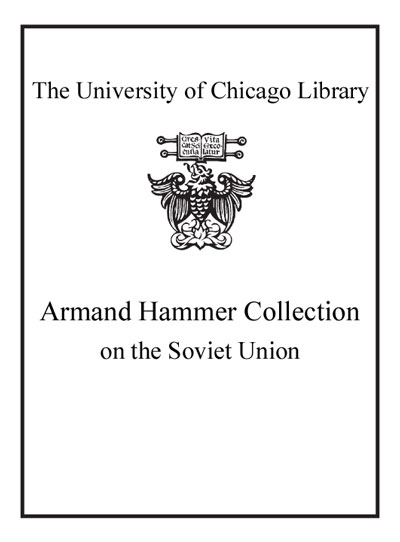chapter one Spindlermühle, Czech Republic, Autumn 2000 Every fall since the mid-1990s a group of extraordinary women gathers at Spindlermühle, a little Czech resort just below the headwaters of the Elbe, in the Giant Mountains. For a few days, the atmosphere in this small town is filled with the sounds of their joyous reunion, with songs and laughter, but also with the sad memories of their childhood, more than half a century ago. The women are in their seventies, and they come from all parts of the globe. The shared vacation, which arose spontaneously out of their pleasure at having found one another again after so many years, quickly developed a momentum of its own, attracting more participants with each passing year. Soon the reunions became a cherished tradition. And while the women enjoy their time together, their hearts are both saddened by the approaching farewells and hopeful as they contemplate future reunions. This annual meeting has come to represent the high point of their year. With bracing breezes blowing through its forests and the sparkling Elbe River rushing by, Spindlermühle radiates enchantment. The women feel rejuvenated as they hike up the mountains or stroll along the rushing stream. They bask in the happiness of being together. Their happiness is palpable to outsiders, who might well wonder what invisible tie binds them. The women themselves would offer a simple answer: "We feel like sisters, like a family. We're happy when we are together." Indeed, the women are like sisters, bound by a special fate: Between 1942 and 1944, when they were twelve to fourteen years old, they lived in Room 28, Girls' Home, L 410, Theresienstadt, a fortress town near Prague. They were prisoners of the ghetto, a small group of the 75,666 Jews from the so-called Protectorate of Bohemia and Moravia who, with the incursion of German troops into their country, lost their homes, their property, and their freedom. In Room 28, their paths crossed with those of about fifty other girls. They spent their lives, day and night, together in the closest of quarters--thirty girls at any given time confined to approximately 325 square feet. They slept on narrow two- and three-bed wooden bunks, ate their meager rations together, and listened as their counselors read to them when evening fell. Once the lights were out, they would talk about their experiences and share their thoughts and dreams, their worries and their fears. Time and again, some of the girls would suddenly be torn from their midst and forced to join one of the dreaded transports to the East. New girls would arrive in Room 28 and grow accustomed to this community that had been created by force. New friendships formed, only to be torn asunder again by the next transports--the word itself a metaphor for the constant fear that dominated their daily lives. Under the increasing pressure of these threatening events, the girls would cling together all the more tightly. And then, in the fall of 1944, a devastating wave of transports carried off almost all the girls and boys, putting an end to the children's homes and to Room 28. It was at that time that Eva Fischl wrote in the album of her friend Flaska, as Anna Flach was lovingly nicknamed by her friends: "When the day comes that you are back in Brno and you are eating a fish, remember that in Theresienstadt there was also a little fish. Your Eva Fischlová. Fisku." And with a few pencil strokes she added a picture of a fish. Little Ruth Schächter, whom everyone called Zajícek ("Rabbit"), dedicated these words to her: "Don't forget the girl who wrote this, and lovingly stuck by you. Your--"; and here she drew a mother rabbit with seven bunnies, followed by: "De Excerpted from The Girls of Room 28: Friendship, Hope, and Survival in Theresienstadt by Hannelore Brenner All rights reserved by the original copyright owners. Excerpts are provided for display purposes only and may not be reproduced, reprinted or distributed without the written permission of the publisher.

